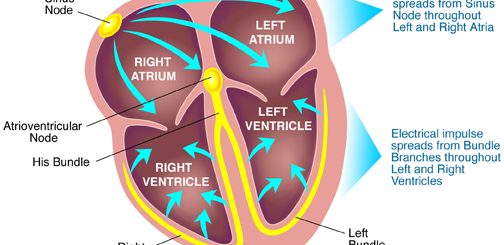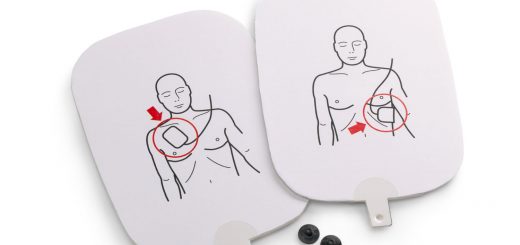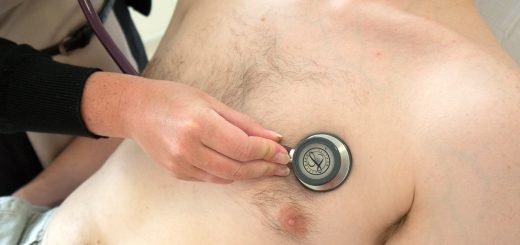What is a Tonic-Clonic Seizure?
Tonic-clonic (convulsive) seizures, (formerly referred to as grand mal epilepsy) are what most people think of as epilepsy. There are four stages in this type of seizure. In this first aid blog post we will discuss these stages in more detail.
Epileptic seizures can vary greatly from one person to another. How often seizures will happen and how long they last is usually fairly constant for individual, although this may change. Most seizures happen suddenly without warning, will last a short amount of time (a few seconds or minutes) and will stop by themselves.
Aura
Sudden unconsciousness preceded by an ‘aura’, during which the person experiences a subconscious warning such as a strange taste or smell.
Tonic
The body suddenly goes stiff and if they are standing up they usually fall backwards. They may cry out as they fall and they may also bite their tongue or cheek. Brief tonic (muscular) rigidity, only lasts for a short period of time before the clonic phase of the seizure starts.
Clonic
During a seizure separate or groups of muscles relax and tighten rhythmically causing jerking and shaking. There may be a loss of bowel and or bladder control. Cyanosis may also occur due to spasmodic contraction of the chest muscles affecting respiration. This may make breathing difficult or noisy and the skin may change colour becoming very pale or bluish.
Post-ictal
Once the seizure has stopped, the person’s breathing and colour return to normal and consciousness will return slowly. The person will be disoriented and have a rapid pulse and respiration rate. They may feel tired, confused, have a headache and want to sleep. They may also be embarrassed or self-conscious after a seizure, especially if the seizure has occurred in a public space.





